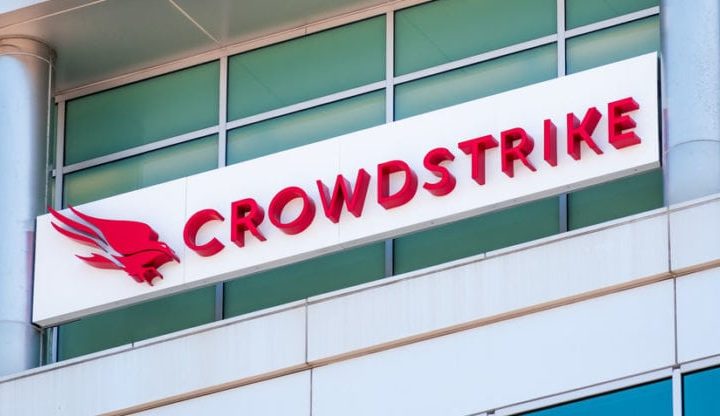
Wayfair Inc. is experiencing a slowdown in the home goods category reminiscent of the global financial crisis of 2008, according to CEO Niraj Shah.
This cautious consumer spending is significantly impacting the company’s financial performance.
In the earnings release on Thursday, Shah noted, “Customers remain cautious in their spending on the home.”
Wayfair reported earnings of 47 cents per share on $3.12 billion in revenue for its second financial quarter, falling short of the expected 49 cents per share and $3.18 billion in revenue.
As a result, Wayfair’s shares dropped more than 4.0% in premarket trading on Thursday.
CFO Kate Gulliver echoed Shah’s concerns, comparing the current decline in the home goods category to the downturn the company experienced during a GDP recession.
She highlighted the uniqueness of the current slowdown, noting, “We’re not technically in a GDP recession right now.”
Gulliver warned of continued weakness in home goods sales until the US Federal Reserve begins to cut interest rates and the housing market picks up again.
Despite these headwinds, the second quarter marked Wayfair’s best performance in terms of adjusted EBITDA and free cash flow generation in three years, likely due to the layoffs announced in January to optimize its cost structure.
Wayfair shares had traded as high as $340 during the COVID-19 pandemic in 2021, underscoring the significant decline since then.
Impact of high interest rates on Wayfair
Wayfair has struggled with sluggish demand for more than a year as elevated interest rates have stalled the housing market. The decline in home sales has directly impacted the demand for new furniture.
Additionally, persistent inflation has kept consumers wary of discretionary spending, including home goods.
However, there may be hope on the horizon. Federal Reserve Chair Jerome Powell recently suggested that the first interest rate cut could be “on the table” for September, provided that inflation and other economic data remain on their current path.
This potential easing of interest rates could provide the necessary boost to revive the housing market and, consequently, home goods sales.
Should you buy Wayfair stock on post-earnings weakness?
Given the challenging economic environment, investors might question whether to buy Wayfair stock following its recent earnings report.
Despite the company’s struggles, there is potential for growth. Heading into the quarterly earnings report, Wall Street analysts had a consensus “overweight” rating on Wayfair shares, with an average price target of $71.
This target suggests a potential upside of more than 30% from current levels.
The anticipated interest rate cuts and the company’s efforts to optimize costs could lead to improved performance in the near future.
While the current slowdown in home goods sales is concerning, Wayfair’s strategic moves and the broader economic outlook could position the company for a rebound.
Wayfair’s recent earnings report highlights the challenges faced by the home goods sector in the current economic climate.
With cautious consumer spending, high interest rates, and persistent inflation, the company has faced significant headwinds. However, the potential for interest rate cuts and the company’s cost optimization strategies offer hope for a recovery. Investors should weigh these factors carefully when considering whether to buy Wayfair stock on post-earnings weakness.
The post Wayfair CEO Niraj Shah compares home goods slowdown to global financial crisis of 2008 appeared first on Invezz




More Stories
Meta surges 8% pre-market after Q2 earnings beat: Should you buy now?
Does Roblox Q2 earnings signal a gaming industry rebound?
CrowdStrike faces shareholder lawsuit over massive IT outage